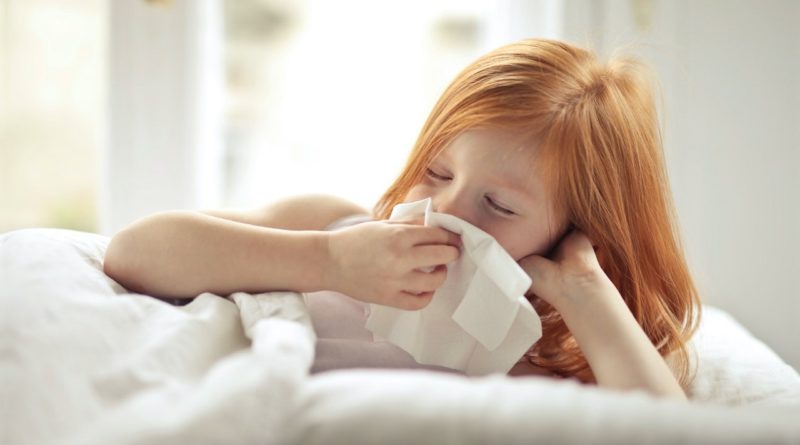Getting Through Exams With Hay Fever
“If possible speak to your school and suggest they do the following…
• Ensure that exam room and classroom carpets are vacuumed daily to remove pollen that has settled. Using vacuum cleaners with HEPA filters ensures that pollen, dust allergens or any other airborne allergens are caught.
• Keep windows closed on high pollen count days, and open interior doors instead to allow air flow. This is to limit how much pollen is blown into the room.
• If the building has air conditioned areas consider using these for exams and check that the air conditioning filters exclude pollen.
• Prevailing winds come from the west, so having the exam in an east-facing hall with the windows closed might help.
• Allow children to have water readily available. Staying hydrated is key to keeping hay fever symptoms under control.
• Encourage children to tie their hair back away from their faces as hair traps pollen. This is easier with younger ones, but it’s worth letting teenagers know too.”
“And here are some tips for your child…
• Wear clean, pollen free clothes on the day of the exam.
• Dry clothes and school uniform indoors, not outside where pollen can stick to them.
• Keep hair pollen free by wearing a hat, cap or other head cover before the exam.
• Stay hydrated; ensure you drink plenty of water before, during and after the exam.
• Protect your eyes with wraparound sunglasses on the way to school.
• Drug-free, non-drowsy HayMax will limit pollen entering the body. Apply this organic, drug-free allergen barrier balm to the nostrils and around the bones of the eyes before leaving home, before entering the exam room and during the exam if necessary, to trap over a third of pollen before it enters the body [2].”
[1] Survey commissioned by the charity Education for Health (2006). More than 1,800 students aged 15 to 17 were surveyed, all of whom were taking GCSE’s. A total of 28% of students surveyed who were taking medication were using a sedating antihistamine.
[2] Chief Investigator: Professor Roy Kennedy, Principal Investigator: Louise Robertson, Researcher: Dr Mary Lewis, National Pollen & Aerobiology Research Unit, 1st February 2012.






